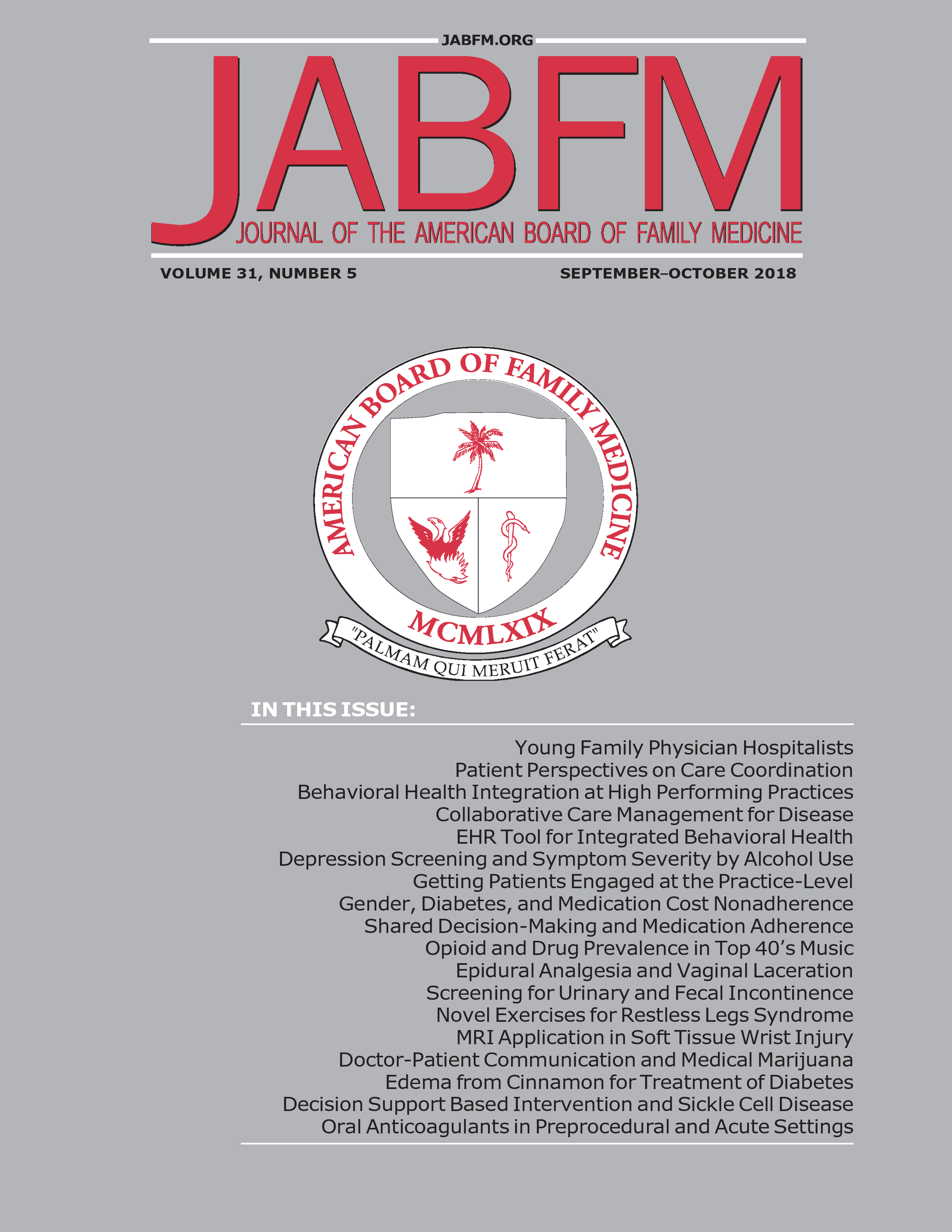D
deleted1100659
Im just curious what detox protocol you guys are using on CSU/inpatient units/detox centers etc. The CSU affiliated with us loves phenobarb but I always tended to CIWA and/or valium taper. Thoughts on phenobarb?
This is correct clonidine is for opiate withdrawal to help with sympathetic symptoms as they are not deadly but you want to see those symptoms in alcohol withdrawal because if you mask them you might underdose the benzo and the patient can seizeI had an attending tell me not to schedule clonidine for etoh detox because it could provide a false sense of security in regards to withdrawal symptoms/ciwa given its effects on vitals. Any thoughts to this?
Why not just use sublingual suboxone? Or are you just trying to treat withdrawal?On the topic of detox. Anyone familiar with microdosing Butrans for fentanyl abuse? Was told about this recently but didnt know much about it.
On the topic of detox. Anyone familiar with microdosing Butrans for fentanyl abuse? Was told about this recently but didnt know much about it.
This is what we do. Our microdosing usually starts at 0.5 mg, so 1/4 of a 2 mg film works well. Harder to do 1/4 of a SL tab, but I've seen people do it as well.Why not just use sublingual suboxone? Or are you just trying to treat withdrawal?
I had an attending tell me not to schedule clonidine for etoh detox because it could provide a false sense of security in regards to withdrawal symptoms/ciwa given its effects on vitals. Any thoughts to this?
Clonidine is for opiate withdrawal, not alcohol...
Also agree with gabapentin plus symptom-triggered benzo with an AWS like CIWA or alternatively longtime taper. I've never use clonidine for alcohol withdrawal, but certainly have for opioid withdrawal.
I suppose another way is clonidine and an induction to essentially pretreat for precipitation of withdrawal, which I've heard of, but never done because it wasn't really ever necessary.
The point of microinduction is to start bup alongside a full agonist to ease the transition to buprenorphine and not require mild-moderate withdrawal symptoms before you start opiate substitution, a period in which we see a lot of patient drop-off. Fentanyl also sticks around in the system longer (in subq tissue) so standard induction protocols are becoming harder when so many street opiates are being cut with random amounts of fentanyul. There aren't any prospective studies on different induction protocols (yet) or studies comparing microinduction to standard induction, however, there are many case series that are useful to look at. Here's a recent review.On the topic of detox. Anyone familiar with microdosing Butrans for fentanyl abuse? Was told about this recently but didnt know much about it.

you'd probably induce withdrawal if you just start 8 or 16 of suboxone on someone who is also taking a full agonist. bup has a higher binding affinity than fentanyl.Suboxone still for fentanyl. Same thing, mild/moderate withdrawal first, do induction.
Same for kratom.
In theory fentanyl binds to the Mu receptor more tightly than suboxone, you could potentially just start the suboxone [without microdosing], without the withdrawal state, and have the person stop the fentanyl. I've never done it, only heard it alluded to and don't think its anywhere near a standard of care (yet?).
When did that change, where Bupe bound tighter than fentanyl?you'd probably induce withdrawal if you just start 8 or 16 of suboxone on someone who is also taking a full agonist. bup has a higher binding affinity than fentanyl.
Fentanyl is lipophilic, resulting in distribution to the peripheral tissues in a manner that is not dose dependent and leak back into circulation in somewhat random fashion over a long period of time. This is why we are seeing more precipitated withdrawals with buprenorphine inductions in an era of fentanyl laced street opiates - mild/moderate COWS scores are less specific in telling us who is physiologically ready to be induced.When did that change, where Bupe bound tighter than fentanyl?

So, with this in mind, how do you treat fentanyl dependence? Start with low dose suboxone that will not necessarily reduce opioid cravings?Fentanyl is lipophilic, resulting in distribution to the peripheral tissues in a manner that is not dose dependent and leak back into circulation in somewhat random fashion over a long period of time. This is why we are seeing more precipitated withdrawals with buprenorphine inductions in an era of fentanyl laced street opiates - mild/moderate COWS scores are less specific in telling us who is physiologically ready to be induced.
We know from clinical experience that bupe readily displaces fentanyl from the mu receptor because fentanyl-dependent people who take bupe too soon precipitate withdrawal. When a person is on a ceiling dose of bupe, most of the effects of fentanyl are blocked or blunted because fentanyl does not readily displace bupe.
As to your specific question, bup has a lower ki (higher binding affinity) than fentanyl. There may be fentanyl analogues that bind more tightly than bup, but the average binding affinity for bup is higher than the average binding affinity for fentanyl.

the complication with fentanyl is with the initial induction of buprenorphine and a higher risk of induced withdrawal than we see with other opiates. once you are past this induction stage, treatment outcomes are no different than with other opiates afaik and you would still aim for a blocking dose of suboxone - e.g somewhere around 16mg give or take.So, with this in mind, how do you treat fentanyl dependence? Start with low dose suboxone that will not necessarily reduce opioid cravings?
What's the conversion from alcohol to lorazepam?Our protocol in residency was really thorough. Started with a lorazepam dose roughly equivalent to prior alcohol use.
The point of microinduction is to start bup alongside a full agonist to ease the transition to buprenorphine and not require mild-moderate withdrawal symptoms before you start opiate substitution, a period in which we see a lot of patient drop-off. Fentanyl also sticks around in the system longer (in subq tissue) so standard induction protocols are becoming harder when so many street opiates are being cut with random amounts of fentanyul. There aren't any prospective studies on different induction protocols (yet) or studies comparing microinduction to standard induction, however, there are many case series that are useful to look at. Here's a recent review.

Microinduction of Buprenorphine/Naloxone: A Review of the Literature - PubMed
This manuscript provides a review of the existing literature to help clinicians better understand the approaches to microdosing of buprenorphine in various clinical settings and populations. (Am J Addict 2020;00:00-00).pubmed.ncbi.nlm.nih.gov
butrans is really expensive so hard to do outside of inpatient settings, for the most part. buccal buprenorphine is cheaper but technically is only for chronic pain, so depends on the patient/how willing your system is to play ball. The advantage of butrans or buccal buprenorphine is you can start with much lower doses than regular suboxone. outside of the US suboxone is available in smaller increments (e.g 0.2mg) so it's easier to do a microinduction. In the systems I work in, for outpatient microinduction we have to instruct patients to cut a 2mg film into quarters, which is hard. Also I have no idea if buprenorhpnie is equally distributed across the strip, so it's a much less precise way to do a microinduction.
So, with this in mind, how do you treat fentanyl dependence? Start with low dose suboxone that will not necessarily reduce opioid cravings?

It depends. I prefer they come in most of the time honestly, but I also use the following calculator if they are really insistent on not:Is anyone doing detox on an outpatient setting for alcohol? Makes me a bit nervous to do that, I usually tend to prefer they do it at the CSU/detox center
It depends. I prefer they come in most of the time honestly, but I also use the following calculator if they are really insistent on not:
Prediction of Alcohol Withdrawal Severity Scale - MDCalc - 4 or more, absolutely not. <2 probably OK.
Honestly though, most of the time its been either admission, counseling on gradual reduction (rarely successful), or I've just had people start naltrexone, watch them cut alcohol intake down on their own and then go from there (sometimes successful).
Nearly every day. Only the heaviest alcohol users who have a history of DTs are admitted to inpatient.Is anyone doing detox on an outpatient setting for alcohol? Makes me a bit nervous to do that, I usually tend to prefer they do it at the CSU/detox center
Nearly every day. Only the heaviest alcohol users who have a history of DTs are admitted to inpatient.
Great thread.This is correct clonidine is for opiate withdrawal to help with sympathetic symptoms as they are not deadly but you want to see those symptoms in alcohol withdrawal because if you mask them you might underdose the benzo and the patient can seize
Our clinic nurse does CIWA assessment and vitals and re-checks the patient after half an hour, similar to suboxone induction. Then they go home with their limited supply of your withdrawal prevention drugs of choice and come back the next morning for a week. We try to enroll them in our dual diagnosis partial hospitalization program.I suppose my concern is having a trustworthy family member to be there with the patient during the process and I get nervous at the idea of giving them a benzo but not doing any monitoring/check in in regards to sx/vitals/etc. Most of the ones with alcohol use d/o that I see are already on multiple substances as it is so the accountability isnt super high. Also my patients arent the best historians..
A partial program with spots and the ability to see people every day would probably make this much more manageable. Good on you for having those options available to your patients!Our clinic nurse does CIWA assessment and vitals and re-checks the patient after half an hour, similar to suboxone induction. Then they go home with their limited supply of your withdrawal prevention drugs of choice and come back the next morning for a week. We try to enroll them in our dual diagnosis partial hospitalization program.
I think this is reasonable. Have done outpatient alcohol detox, but it’s not usually my first preference if the patient is consuming large amounts. The risk is precipitating a withdrawal event without being able to monitor, so a depending on amount consumed a gradual reduction is usually the first step as opposed to initiating benzo regimes. There’s also the risk that the patient doesn’t stop drinking and doubles up on benzos which goes to your point about trust.I suppose my concern is having a trustworthy family member to be there with the patient during the process and I get nervous at the idea of giving them a benzo but not doing any monitoring/check in in regards to sx/vitals/etc. Most of the ones with alcohol use d/o that I see are already on multiple substances as it is so the accountability isnt super high. Also my patients arent the best historians..
ahhh ok, that makes sense.Our clinic nurse does CIWA assessment and vitals and re-checks the patient after half an hour, similar to suboxone induction. Then they go home with their limited supply of your withdrawal prevention drugs of choice and come back the next morning for a week. We try to enroll them in our dual diagnosis partial hospitalization program.
